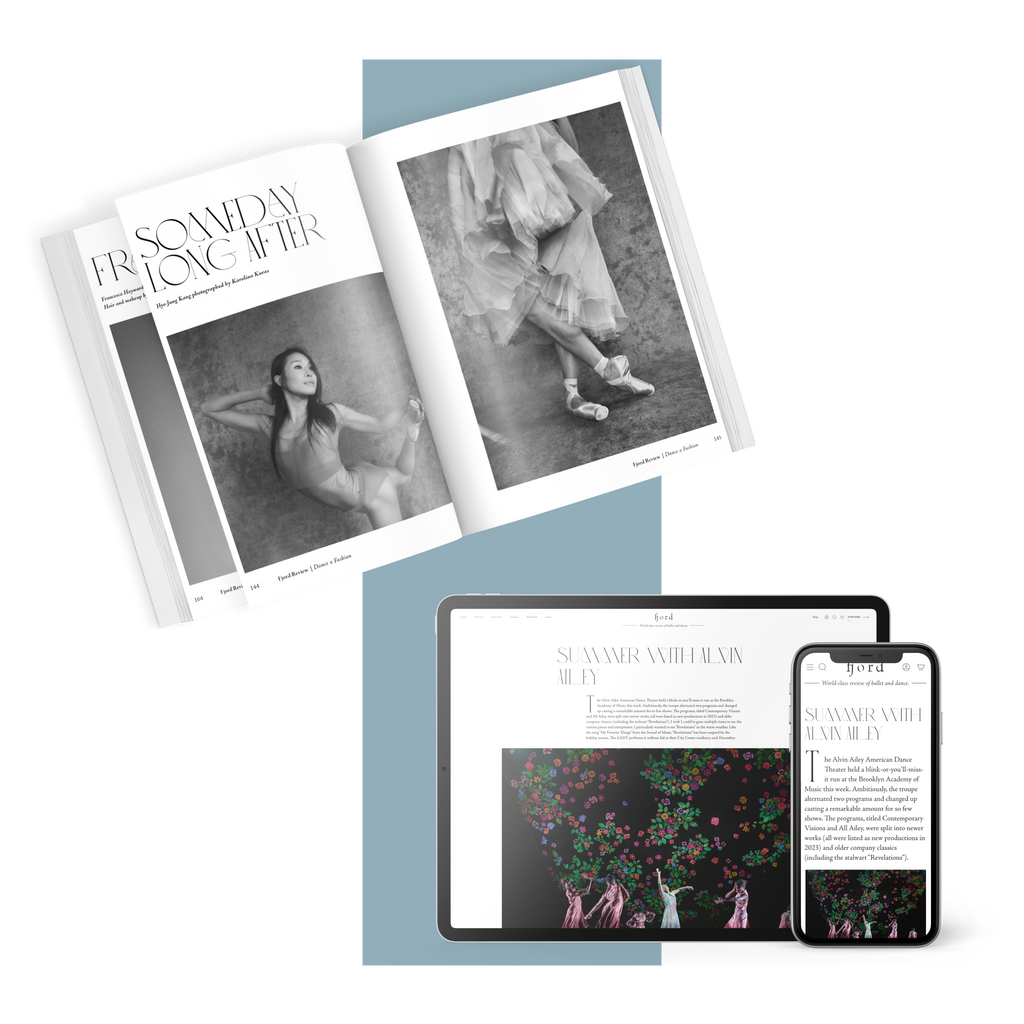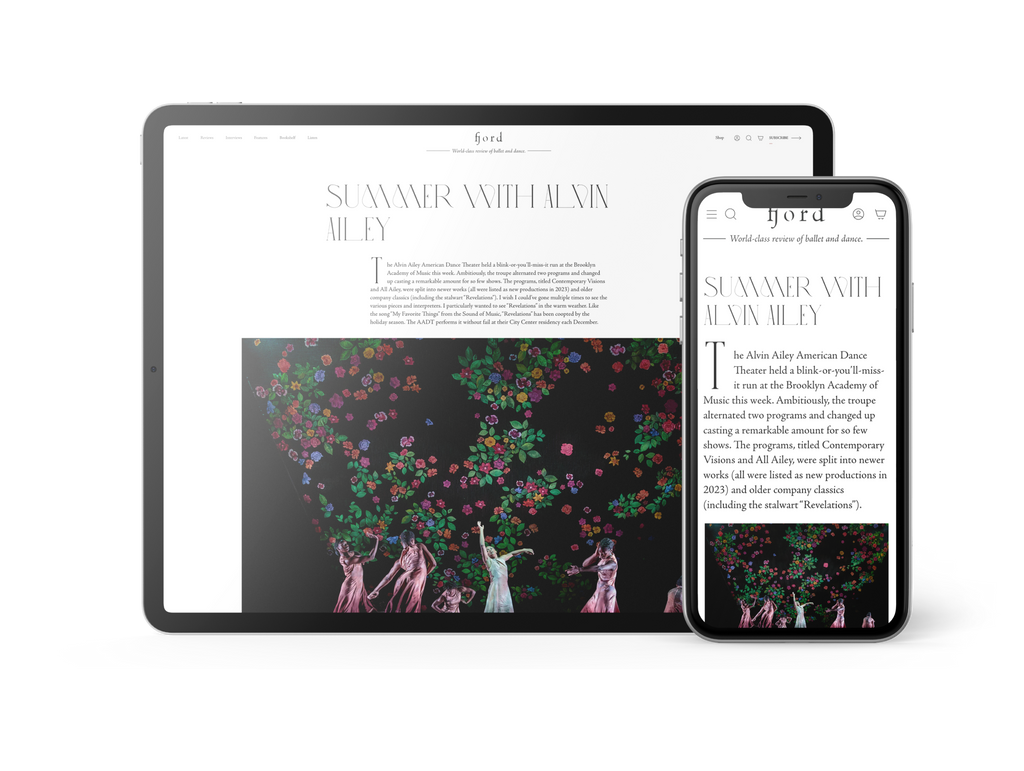But though Esquivel’s magic was a perfect fit for Wheeldon’s expert stagecraft, “Water for Chocolate” is essentially a domestic drama that takes place in a cramped kitchen, making the ballet too small-scale and subtle at times. I was glad I brought my opera glasses, even in orchestra seating. Perhaps that is why so many story ballets focus on royals. They come with built-in, yet anonymous, entourages to fill out every scene. (Come to think of it, maybe Wheeldon should tackle “The Crown,” or Prince Harry’s “Spare”!) Wheeldon added volume to “Water for Chocolate” wherever he could, most ingeniously in the creepy lineup of brides that opened the ballet. These identical women in white turned around and became old ladies in black mourning dresses (the wonderful sets and costumes were by Bob Crowley). They sat at the back of the stage or loomed high above it, knitting throughout much of the production. Their presence demonstrated the legacy and power of storytelling in Mexican culture—a particularly female power. They brought Toni Morrison’s conspiratorial, gossipy phrase “quiet as it’s kept,” to mind.
But even when the scenes felt big enough for the Met Opera stage, there was just too much story to cover. There weren’t any pure dance divertissements, plot was always necessarily churning. During the fiesta, for example, you had to split your focus between the dancing horde and the love triangle negotiations of Tita, Pedro, and Dr. John Brown (an elegant Thomas Forster) on the sidelines. The penultimate “Three Rooms” scene featured a triptych of competing storylines, which taxingly trifurcated audience attention. A more streamlined story would’ve helped throughout. Did we really need baby Roberto? Though I have to say, I was tickled to see a passage about the joys of breastfeeding in a ballet.
The celebration of femininity and the glorification of the domestic sphere were the most exciting aspects of “Water for Chocolate” to me. Breastfeeding, cooking, knitting, child-rearing, female arousal—these are not typical story ballet themes. Food and motherhood are anathema to real-world ballerina stereotypes too. And though, like so many ballet heroines before her, Tita was initially trapped and powerless, she became brave enough to defy the ghost of her abusive mother and to choose whether to give her heart to a friend (Dr. Brown) or a lover (Pedro) on her own terms. Online, there seemed to be a backlash brewing about the fact that this erotic, womanly, Mexican tale was being told by white British men. Wheeldon smartly got out in front of that, framing his creation as a poetic abstraction and a piece of fan art. He highlighted the behind-the-scenes involvement of several women as well. Alondra de la Parra consulted on the score and beautifully conducted it. Alicia Rodis served as intimacy director. And Esquivel herself campaigned for and attended the gala, taking the final bow of the production team.











comments